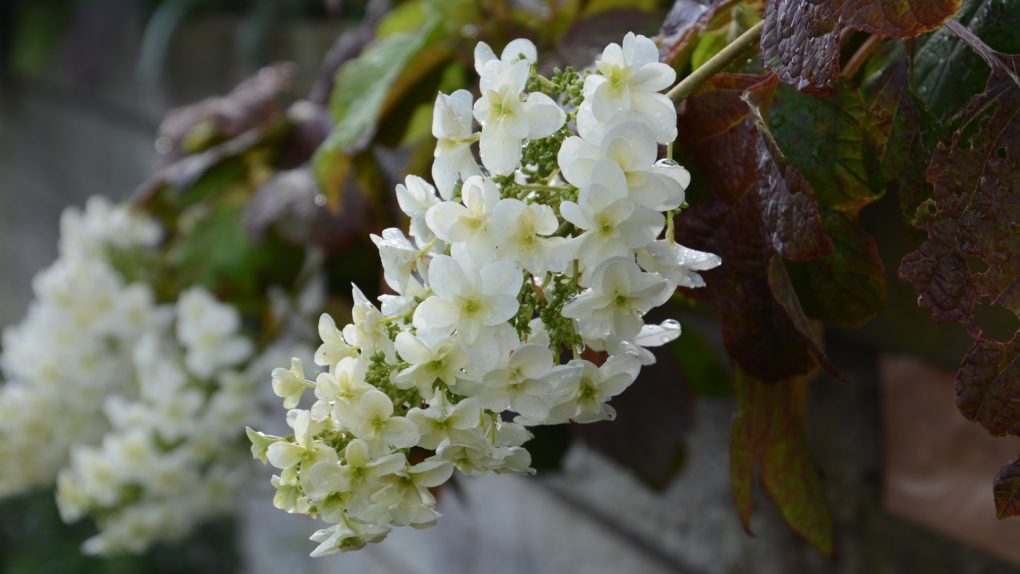Do Hydrangeas Spread? A Quick Guide to Understanding Their Growth Habits
Hydrangeas are a beautiful addition to any garden or landscape. They are known for their large, showy blooms in various colors, including pink, blue, white, and purple. One question that many gardeners have is whether hydrangeas spread. The answer to this question is not straightforward and depends on several factors.

Hydrangeas can spread in two ways: through underground runners and by self-seeding. Some hydrangea varieties, such as the native oakleaf hydrangea, are more likely to spread than others.
In general, hydrangeas are not considered invasive but can become crowded over time if not properly maintained. Proper pruning and spacing can help prevent overcrowding and keep hydrangeas looking their best.
Table of Contents
How do hydrangeas spread?
Hydrangeas can spread through various methods such as natural self-seeding, layering, and propagation techniques. Here are some ways hydrangeas can spread:
- Self-seeding: Hydrangeas produce seeds that can fall and germinate in the soil, leading to new plants. However, not all hydrangeas produce viable seeds; even if they do, the new plants may not be true to the parent plant.
- Layering: This is a simple propagation technique where a branch of the hydrangea plant is bent and buried in the soil, exposing the tip. Roots will form at the buried section, and a new plant will grow from the tip. Once the new plant is established, it can be separated from the parent plant.
- Cuttings: Hydrangeas can be propagated by taking cuttings from the parent plant and rooting them in soil or water. This method is more reliable than self-seeding because the new plants will be identical to the parent plant.
- Division: Mature hydrangeas can be divided into smaller plants by digging up the root ball and separating it into sections. Each section should have some roots and stems, and can be replanted in a new location.
It’s important to note that while hydrangeas can spread easily, not all methods will produce identical plants. If you want to propagate hydrangeas and keep the same characteristics as the parent plant, it’s best to use cuttings or division.
Types of Hydrangeas That Spread
Hydrangeas are a popular choice for gardeners due to their beautiful blooms and ability to spread. Here are some types of hydrangeas that are known for their spreading tendencies:
| Hydrangea Type | Spreading Habits |
| Hydrangea petiolaris | This climbing hydrangea can spread up to 50 feet wide and climb up to 80 feet high. |
| Hydrangea quercifolia | The oakleaf hydrangea can spread up to 8 feet wide and 6 feet tall. |
| Hydrangea arborescens | The smooth hydrangea can spread up to 5 feet wide and 4 feet tall. |
Hydrangeas can spread through their root system, sending out new shoots and stems. Some types of hydrangeas, like the climbing hydrangea, can also spread through their ability to climb and attach themselves to nearby structures.

It’s important to note that while hydrangeas can spread, they won’t necessarily become invasive. Proper pruning and maintenance can help control the spread of hydrangeas in a garden or landscape.
These hydrangeas can add a beautiful and unique touch to any garden or landscape, providing a spreading and climbing element that can enhance the overall aesthetic.
How to Control Hydrangea Spreading
Hydrangeas can be beautiful additions to any garden but can also be invasive and spread out of control if not properly maintained. Here are some tips for controlling hydrangea spreading:
| Method | Description |
| Pruning | Regular pruning can help keep hydrangeas under control. Cut back any unwanted stems to ground level whenever they appear. Over time, these stems should weaken and die. |
| Root Barrier | Consider installing a root barrier around your hydrangeas to prevent them from spreading too far. This can be done by digging a trench around the plant and inserting a barrier material, such as plastic or metal. |
| Edge | Edge the area you want to keep intact. Use a sharp spade to cut through the rhizomes (underground root-like stems) to disconnect the hydrangeas you want to keep from those you want to remove. |
It’s important to note that some hydrangea varieties are more prone to spreading than others. So if you’re concerned about the spread of your hydrangeas, consider planting a variety known to be less invasive.
